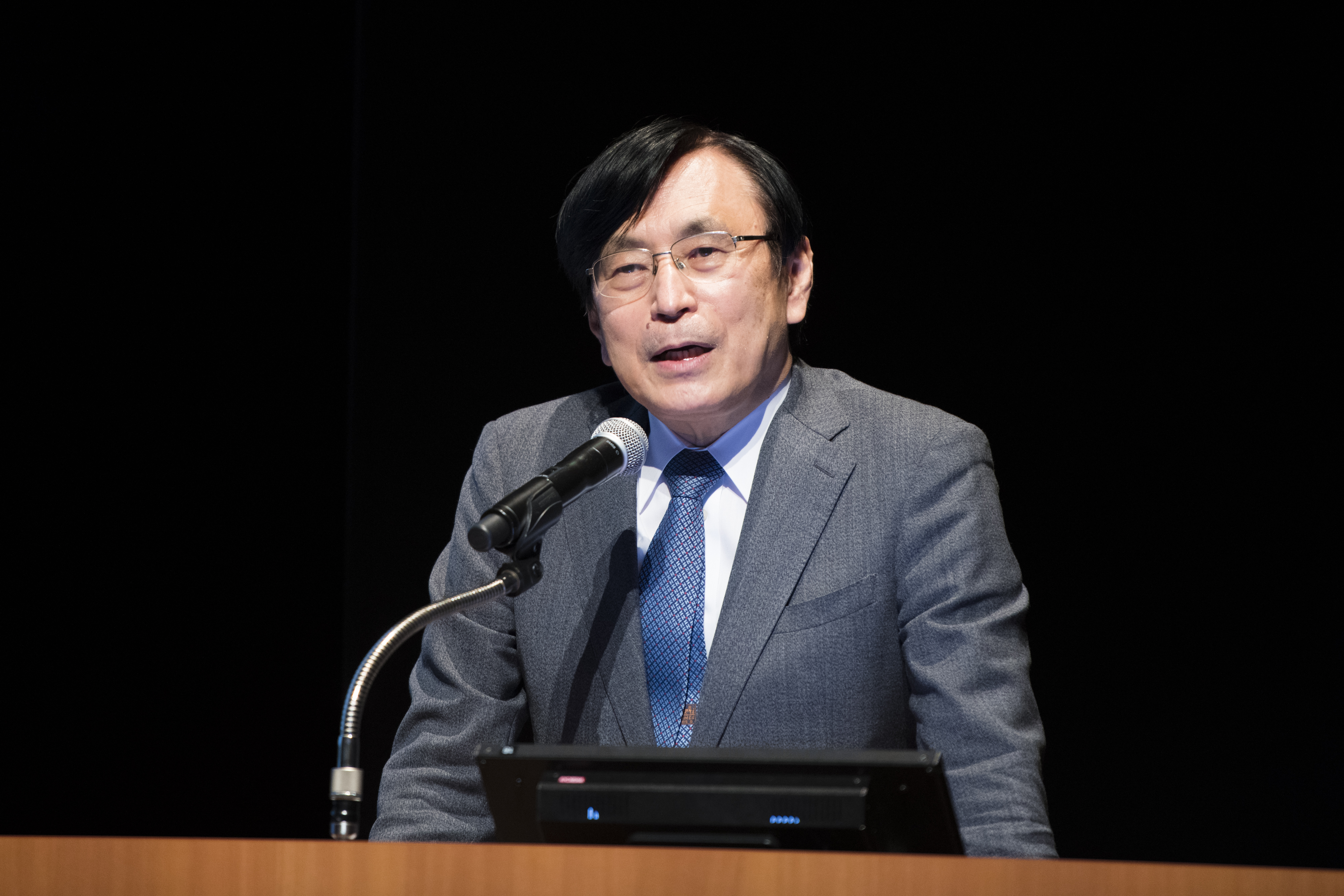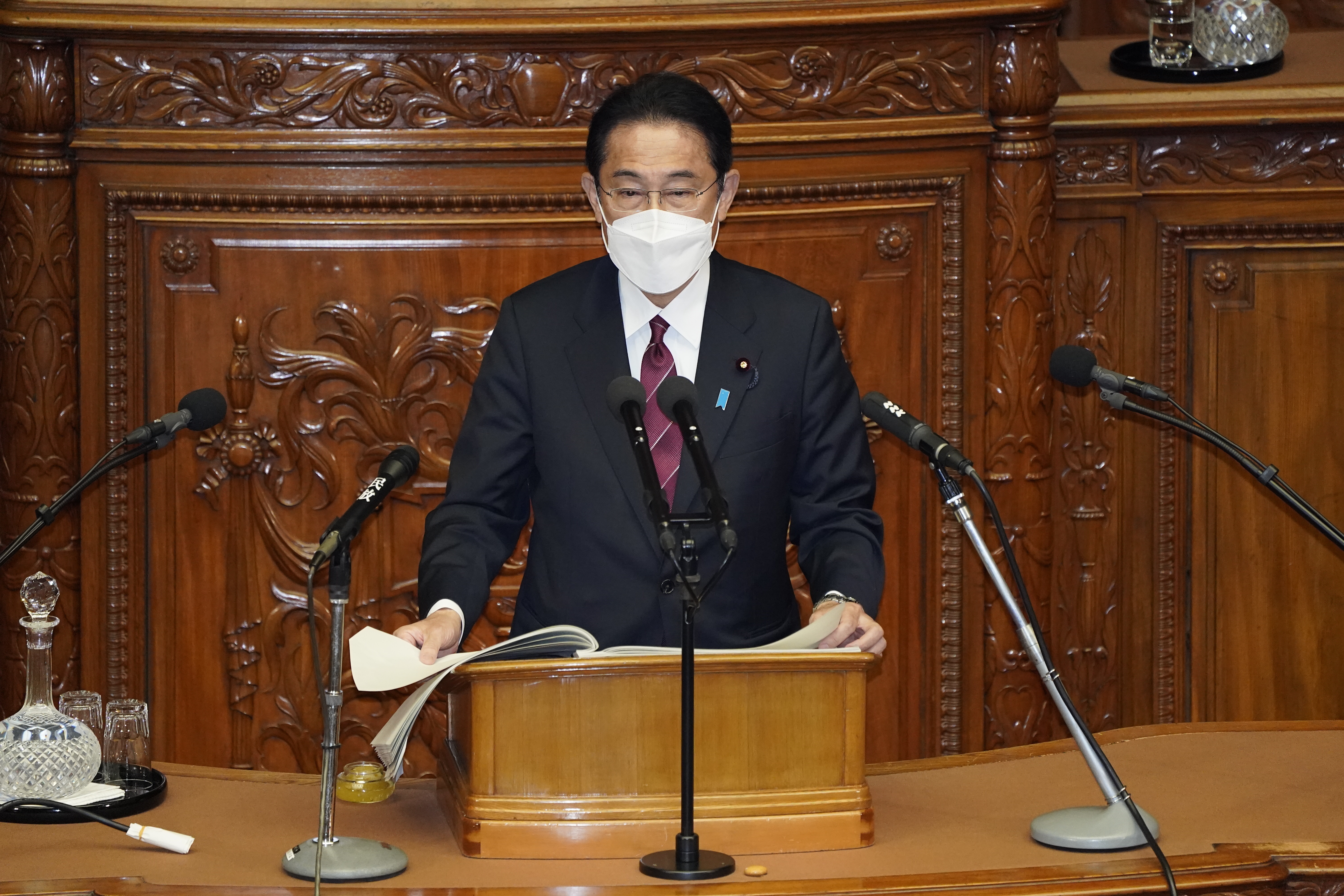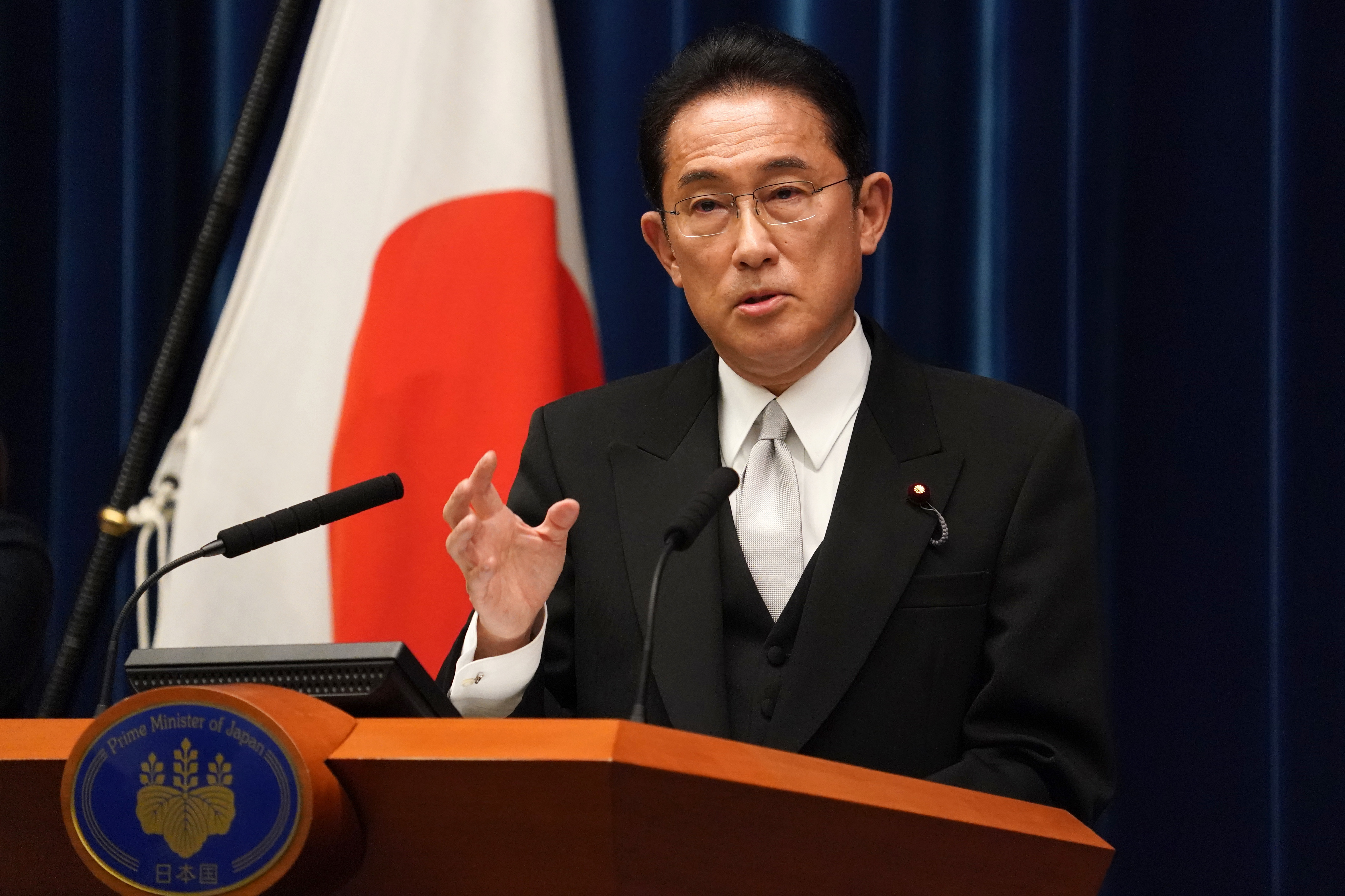- Policy Proposal
- Tax & Social Security Reform
Rethinking Personal Tax Exemptions to Mobilize Women’s Power
August 7, 2014
Replacing the spousal exemption for personal income tax can correct systemic biases with regard to family work patterns and encourage women’s fuller participation in the labor force, thus unleashing the power of “womenomics,” argues Senior Fellow Shigeki Morinobu. The article below is Chapter 4 of the Tokyo Foundation policy proposal on “Expanding the Tax Base for a Sustainable Social Security System,” issued in Japanese in May 2014. A summary of the proposal follows the article.
* * *
One of the key policy objectives articulated in the “Japan Is Back” economic revitalization strategy released by the administration of Prime Minister Shinzo Abe in June 2013 is to create the conditions for fuller participation by women in Japanese society. In this connection, the government promises to “explore tax and social security policy options with a neutral impact on people’s choice of work patterns” as part of its commitment to “create an environment where men and women can strike a balance between work and child rearing.”
The following is an examination of the impact of income tax policies on women’s labor-force participation, with particular attention on the spousal exemption, and recommendations for reform.
Rationale for the Spousal Exemption
The current focus of debate over Japan’s tax policy and women’s labor force participation is the exemption for spouses. Given that the exemption costs the government some ¥600 billion in annual revenue through a narrowing of the tax base, it should be carefully scrutinized to determine if it has any meaning in today’s tax system.
Ever since Carl Shoup supervised the reform of Japan’s tax system in the late 1940s, the Japanese income tax has been built around individual-based taxation. At the same time, the system has incorporated various deductions and exemptions for householders in an effort to adjust the tax burden according to family circumstances. One of these tax breaks is the spousal exemption.
The spousal exemption deducts ¥380,000 from the taxable income of a married taxpayer (in practice, the husband) whose spouse earns no more than the stipulated maximum (¥1.03 million for wage earners), in effect providing preferential tax treatment for households with full-time homemakers. Originally established as a “dependency” deduction, this tax break was established as a discrete exemption in 1961 on the grounds that a spouse should not be treated as a dependent, since a husband and wife are both contributing to the sustainment of the household.
In December 1961, the government’s Tax Commission offered two basic justifications for the exemption. First, it stressed the need to provide tax relief for men married to full-time homemakers on the grounds that the wife incurred additional costs, adversely affecting the husband’s ability to pay. Second, it emphasized the value of the full-time homemaker’s housekeeping and child-rearing duties and sought to recognize the “helpmate’s contribution” to her husband’s earning power.
More recently, supporters have put forth a third rationale, arguing that preferential treatment for full-time homemakers is one way to encourage couples to have more children at a time when Japan’s birthrate has sunk to an unprecedented low.
Criticism of the Spousal Exemption
Opponents of the exemption have challenged the validity of these arguments as follows.
With regard to the first justification, some have criticized the assumption that marriage negatively affects a man’s ability to pay taxes, calling it a holdover of the pre-1961 concept of the spouse as a dependent. Indeed, it has been argued that the domestic labor performed by the homemaker actually enhances the husband’s ability to pay, since it generates “imputed income” that escapes taxation. [1]
With regard to the second justification, while acknowledging the contribution of the full-time homemaker to the husband’s earning power, critics contend that it is unfair for the tax system to give preferential treatment to full-time homemakers, since working wives often bear the burden of housework and childrearing as well. They also make the point that, if the domestic labor of the wife allows the husband to earn more, that means the “helpmate’s contribution” is already being rewarded financially, and there is no need for preferential tax treatment.
As concerns the third justification, that the spousal exemption can help stem the decline in the fertility rate, opponents have countered the exemption favors full-time homemakers with or without children. It should also be noted that the experience of other industrial countries over the past few decades challenges the assumption that greater labor-force participation correlates with lower fertility; indeed, as we discuss below, the opposite appears to be the case.
In addition, arguments have been advanced from the perspective of equity. Under the current tax code, most wage earners are entitled to a ¥650,000 employment income deduction as well as the standard ¥380,000 basic exemption. This means that the spouse can earn up to ¥1.03 million tax free. Yet the husband can still claim the ¥380,000 spousal exemption, resulting in a double exemption for the couple. In Figure 1, the shaded area represents this double exemption.
Figure 1. Income Deductions under the Current Personal-Exemption System
.jpg)
The spousal exemption has also been criticized as a policy that benefits the wealthy disproportionately, since the percentage of households claiming the exemption is larger among higher-income households.
As women enter the labor force in increasing numbers, however, the main focus of debate has shifted from the husband’s tax burden to the impact of a full-time homemaker’s tax break on women’s employment. Opponents of the break argue first of all that it fails the test of neutrality with regard to women’s work patterns and earnings. Increasingly, moreover, critics are blaming the spousal exemption for maintaining a psychological ¥1.03 ceiling on women’s income (in the minds of employers and employees alike), thus perpetuating employment inequities that have been long since legally abolished.
Women’s Employment and the Fertility Rate
Defenders of the exemption have long focused on Japan’s low birthrate and dwindling population as rationales for preserving the deduction. Their argument is that tax relief for households with full-time homemakers should have the effect of boosting the fertility rate. Interestingly, however, data from other industrialized countries point in the opposite direction.
Figure 2 shows the correlation between the total fertility rate (vertical axis) and women’s labor-force participation (horizontal axis) among various member states of the Organization for Economic Cooperation and Development. The graph for 1980 does in fact show an overall negative correlation between TFR and labor-force participation; in other words, the larger the proportion of women participating in the labor force, the lower the fertility rate, generally speaking. However, the graph for 2000 exhibits the opposite trend—a positive correlation. After 1980 the overall situation among OECD countries clearly changed until, two decades later, higher rates of female labor-force participation were associated with higher TFR. The most likely explanation for this change is the adoption of public and corporate policies supporting women’s employment, together with changes in the husband’s role within the family.
Significantly, Japan stands apart from this trend. Here women’s labor-force participation rate rose moderately between 1980 and 2000, while the fertility rate dropped. But the example of other industrialized countries should teach us that, given sound public policy, it is possible to boost the fertility rate while increasing women’s labor-force participation.
Figure 2. Women’s Labor-Force Participation and Total Fertility by OECD Country
.jpg)
Individual- or Family-Based Taxation?
An inquiry into Japan’s spousal exemption raises the more general question of whether income taxes should be assessed on the basis of individual or household income. In truth, both systems have their pluses and minuses, and it is difficult to argue that either offers a decisive advantage over the other.
Given the economic interdependence of family members and their tendency to function together as a single consuming unit, it makes sense to look at family income as a whole when gauging ability to pay. The problem with family-based taxation is that it almost invariably incorporates a bias vis-à-vis taxpayers’ marital status by taxing individuals at different levels depending on whether they are married or single. It can also raise serious fairness questions regarding the taxation of single-income versus dual-income couples.
Assuming a progressive (graduated) tax-rate schedule, an income tax based on household income (joint taxation) preserves an equal tax burden among families with the same income. However, it typically results in a “marriage penalty” in that two earners who marry and continue to work will end up paying more in taxes than they did when they were single because their aggregated income puts them in a higher tax bracket.
To avoid or mitigate the penalty, many family-based systems use “income splitting” to compute taxes. Under this method, the couple’s incomes are combined and then divided in two, and the tax rate is applied on the basis of this average. This can lead to a “marriage bonus,” particularly if one of the spouses earns considerably more than the other.
Since the tax benefits of income splitting increase as the gap between the two couple’s incomes widens, though, this system can be criticized as favoring single-earner households. Family-based taxation can also drastically reduce a married woman’s incentive to enter the labor market, since any additional income she earns will be taxed at a rate determined by the household’s aggregate income.
If our goal is to improve the tax system’s neutrality vis-à-vis family work patterns so as to encourage women’s participation in the labor force, in keeping with the government’s growth strategy, then shifting to a system of this sort would be counterproductive. It would also be highly problematic from the standpoint of equity, since income splitting yields greater tax benefits for higher-income households, while those in the lower income brackets gain little or nothing.
Japan used family-based taxation prior to World War II, but after the war it adopted the recommendations of the Shoup mission and made the individual the basic tax unit. However, the individual-based system engenders problems as well, such as the practice of reallocating assets to other family members to avoid taxes on income from a family business, not to mention the questionable equity of requiring one-earner families to pay more in taxes than two-earner families with the same income.
From an international perspective, most major industrialized countries incorporate aspects of both individual- and family-based taxation. In the United States, married couples can file either jointly or separately, and exemptions for spouses are included under personal exemptions, which include standard deductions for the individual taxpayer, the spouse, and each dependent. Britain shifted from family- to individual-based taxation in 1990 and eliminated the spousal exemption in 2000. In Germany, married couples can choose either individual or joint taxation (income splitting method), and there is no exemption for spouses. France uses a “family quotient” income-splitting system to adjust the tax rate to the size of the family (combining all family income, dividing it by the number of family units, applying the appropriate tax rate, and then multiplying the result by the number of family units), with no special exemptions for spouses.
As the foregoing suggests, whether an individual-based or family-based system is more conducive to ensuring the equity of a progressive income tax is not an easy question to answer. However, among the world’s industrialized countries, the overall trend has been toward individual-based taxation, as exemplified by Britain’s 1990 reform. Today 25 of the OECD’s 29 member states use individual-based taxation in some form. I see no compelling reason for Japan to abandon its current system in favor of mandatory or elective joint taxation. Moreover, given the increasing diversity in individual and family lifestyles, individual-based taxation is probably the more rational choice.
From Spouse to Family Exemption
To return to Japan’s spousal exemption, then, any new policy the government adopts must do three things: preserve the basic principle of individual-based taxation, ensure neutrality with respect to family work patterns, and strive for maximum equity on a household basis.
Thus far, discussion has centered on two basic proposals: (1) eliminating the spousal exemption and using the recovered revenue to create a comprehensive childcare support system (for example, tax credits for dependent children, a child allowance, and an expansion in the number of day-care centers); and (2) replacing the spousal exemption with a more generous basic exemption applicable to all taxpayers, thus eliminating the bias against working spouses.
The first proposal has its roots in the 2002 reform recommendations of the government’s Tax Commission, which called for eliminating exemptions for spouses and dependents and instituting a tax credit for dependent children. The commission’s reasoning was that, unlike an income deduction, “a tax credit can be applied equally, regardless of income level.” As a drawback, however, the report notes that adopting such a measure would involve “combining income exemptions and tax credits, which would make the system more complicated.” (In 2010, the Tokyo Foundation issued a set of specific recommendations centered on the adoption of a refundable child tax credit in place of current exemptions for spouses and dependents.)
The second proposal, expanding the basic exemption to replace the spouse exemption, would have relatively little impact by itself, assuming that the exemption would apply to all taxpayers and that the change would be revenue neutral. In that case, the increase in the basic exemption would have to be exceedingly small, and the efficacy of the reform would be minimal.
A third alternative would be a “transferable basic exemption” to replace the current system of spousal and basic exemptions. This would do away with the double exemption mentioned previously, while at the same time eliminating the ¥1.03 million barrier that has discouraged fuller labor-force participation by women. Under this system, every individual would be entitled to deduct a standard amount from their income as a basic personal exemption. A married couple would thus be entitled to two exemptions, regardless of their employment status or income. In cases where the wife earned less than the basic exemption, the husband could deduct the unused portion of her exemption from his own income. This can be called the “family exemption.”
Figure 3 compares the outcomes of this system of personal exemptions with the current system. In this chart, the shaded portion represents the deductions that would be eliminated under the proposal.
Figure 3. Income Deductions Under a Transferable Family Exemption System
.jpg)
Note that this system falls short of achieving complete neutrality with regard to women’s employment choices since it would yield no change in the tax-exempt amount for households with women earning less than ¥650,000 or more than ¥1.41 million. However, it would reduce the psychological impact of the ¥1.03 million threshold, mitigate the financial penalties experienced by Japanese couples when the wife enters the labor market, and eliminate the inequity of the double exemption.
Under this system, the tax burden would increase in households with women earning between ¥650,000 and ¥1.41 million, since the husband would be able to apply only the unused portion of the woman’s basic exemption rather than the larger spousal exemption and special spousal exemption (when the wife earns between ¥380,000 and ¥760,000) [nk1] . However, a simultaneous expansion of the government’s childcare support system (requiring an increase in spending) could serve to mitigate the impact, since many of the households affected would be families with children.
Deducting Childcare Expenses
The government’s new growth strategy pledges to “pursue policies to further improve the work-life balance and consider measures to alleviate the financial burden incurred by such services as babysitting and housekeeping.”
Because babysitters and housekeepers are unregulated in Japan and are under no obligation to register their businesses or report their activity, no system currently exists for integrating such services into government policy. However, beginning in fiscal 2015, babysitting will be classified as “visiting childcare services” (childcare provided in the home of the child) and will be eligible for support under the new child and childcare assistance program. In addition to such welfare benefits, the government should expand assistance and incentives for those employers that offer babysitting or housekeeping allowances to employees.
Providing tax deductions or tax credits to offset babysitting and housekeeping costs is doubtless desirable from the standpoint of alleviating such expenses for women working outside the home. But tax designers must be armed with strong economic data before establishing a permanent deduction dedicated specifically to that purpose. With this in mind, we recommend further studies to assess the effects of tax relief targeted to babysitting and housekeeping costs from the standpoint of neutrality.
In the meantime, since babysitting costs can take a variety of forms, the best option for tax relief is probably to include such expenditures under “deductions for specific expenses.”
Tax reforms carried out in 2011 expanded the use of the “specific expense” (itemized) deduction while establishing an upper income limit for the standard employment income deduction. Cognizant of growing diversity in labor and employment patterns, the Tax Commission moved to lower the floor for itemized deductions and expand the scope of qualifying expenses. As a consequence, the list of deductible expenses now includes the costs of acquiring the legal qualifications needed to practice such professions as law, public accounting, and tax accounting. The list also contains such “necessary job expenses” as purchases of publications, clothing, and entertainment expenses. Including babysitting and housekeeping costs under “necessary job expenses” would allow the government to provide tax relief for working wives without making any permanent structural changes to the tax system and would minimize complications from the standpoint of tax enforcement.
Expanding the Tax Base for a Sustainable Social Security System
1. The importance of reexamining the tax base
Among the world’s industrialized countries, Japan derives a relatively small portion of its total tax revenue from personal income taxes. One reason is that Japan’s tax code limits the income tax base by providing for various income deductions, including the standard “employment income deduction” and deductions for social insurance premiums. Moreover, because income from public pension plans is partially exempt from taxation, the tax base continues to shrink as society ages and the number of people receiving pension benefits soars. Expanding the tax base by identifying potential revenue sources that currently escape taxation can serve to boost tax revenues while at the same time enhancing the redistributive function of the tax system, thus helping to address growing economic disparities. In this way it can contribute to the development of a fair and effective tax system.
2. Instituting a social solidarity tax
Japan’s social insurance system has a double function—to provide insurance coverage and to redistribute economic resources. Inasmuch as it is, in effect, a tax on wages, the redistributive component of social insurance (to finance healthcare for the elderly and to make up for the lack of pension contributions from dependent spouses and the unenrolled) should be financed with a new “social solidarity tax” levied on individual income. This would eliminate employer contributions to social insurance programs, preventing a rise in labor costs and dampening the incentive to replace regular employees with contract, part-time, and other nonregular workers.
3. Rethinking taxes on public pensions
The public pension scheme currently allows for multiple tax breaks. Contributions are tax deductible, the interest accruing on contributions is tax exempt, and pension income is partially exempt as well. For many receiving pension benefits, the net effect of the applicable deductions and exemptions is zero tax liability. Without any substantive change in the pension and tax systems, current and future workers will be obliged to pay for some ¥500 trillion in unfunded liabilities stemming from past commitments. Paying their share of taxes on pension income is one way current beneficiaries can ease the burden of future generations and contribute to the vitality of the Japanese economy.
4. Replacing the spousal exemption with a family exemption
The government is currently deliberating tax and social security reforms that would correct systemic biases with regard to family work patterns as part of its commitment to encourage women’s active participation in the labor force. The current spousal exemption—a tax break for households with full-time homemakers that results in about ¥600 billion a year in lost tax revenues—has come under scrutiny To restore the tax system’s neutrality with regard to family work patterns, Japan should replace the current spousal exemption with a transferable basic exemption (or “family exemption”) designed to maximize fairness with regard to each household’s ability to pay.
5. Correcting the inequity of tax-free pension benefits
Survivors benefits paid to the immediate family of deceased pension enrollees are currently exempt from taxation. While there is an obvious need to address the needs of young survivors, exempting elderly beneficiaries while at the same time requiring them to pay taxes on old-age pensions is difficult to justify from the standpoint of fairness. Benefits received by elderly survivors should therefore be taxed at the same rate as other pension benefits.
6. Broadening the tax base can mitigate economic inequality
Broadening the tax base means reducing and eliminating deductions and loopholes so as to collect taxes from those who have thus far avoided paying them. Based on the experience of other countries, we believe that the reduction of loopholes and exemptions to broaden the tax base, if carried out in combination with redistributive policies, can help to mitigate the economic inequality that has emerged as a growing concern in recent years
[1] See Yasuo Tanaka, “Shotoku kojo no konnichiteki igi—jinteki kojo no arikata o chushin to shite” (The Role of Income Tax Deductions Today—Focus on Personal Exemptions), Zeimu Daigaku Ronso (National Tax College Treatises) 48 (June 2005), National Tax College (National Tax Agency), https://www.nta.go.jp/ntc/kenkyu/ronsou/48/tanaka/ronsou.pdf .
























